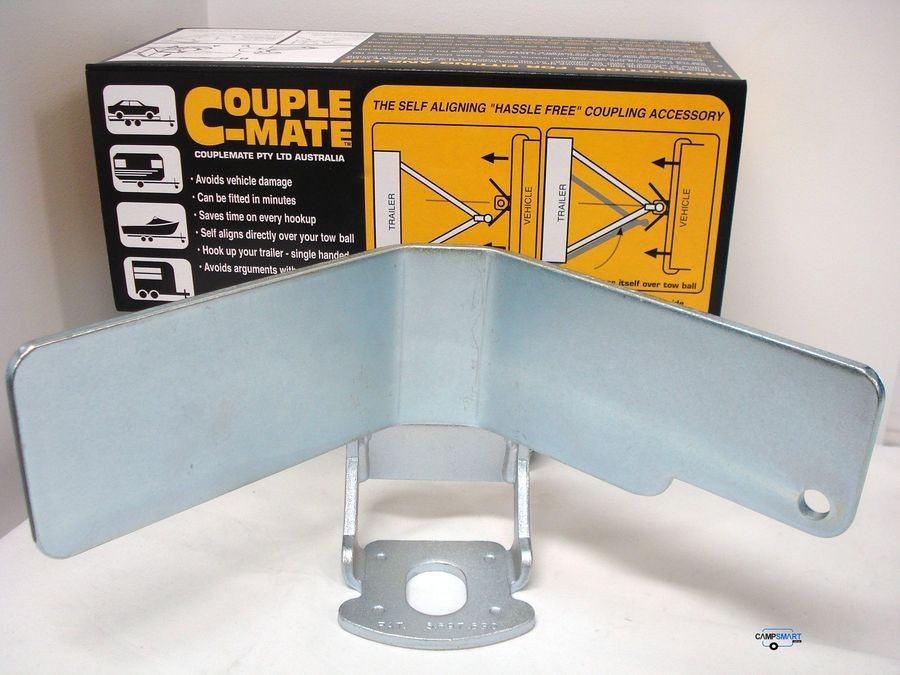Hitching
Preparing to Hitch Your Trailer/Caravan
We’ll examine this scenario from the point of view of connecting your caravan after a stay at a site. The below list is not exhaustive so the best thing you can do is do a walk-around checking everything you see and then check against this list. We’ll provide an explanation of how to do this in your practical training.
- Electrical cables
- Hoses
- TV Antenna
- Gas
- Slide outs
- Awnings
- Windows
- Vents
- TV
- Fridge
- Microwave Tray
- Stabiliser legs
Before Reversing to the Trailer/Caravan
Complete safety checks of both vehicle and trailer. You’ll do a second check of the combination once hitched.
The Driver
- Survey the Area
- Stop, get Out and Look.
- Turn vehicle A/C off.
- Turn vehicle audio system off.
- Wind down driver window
- Drive slowly
- Use a guiding tool
- Use your mirrors
- If using a guide person, do not change steering input while moving
- STOP if you lose site of the guide
The Guide
- Stand where you can be seen
- Make eye contact
- Use your voice and your hands
- Keep hand signals near your face
- Call STOP as often as you like
- Remain in full view of the driver- call STOP if you need to move
- Give clear and loud directions
- STOP the vehicle when about 1 metre away from the coupling- State how far away it is.
- STOP the vehicle about 1 tow ball diameter away (50mm/2inches)- State how far away it is.
- Use full lock to make big sideways changes
- Ensure the driver does not change steering input while moving
On our Learn to Tow courses, we will show you exactly how to do this.
With ever increasing numbers of single people towing- especially solo women travellers, it can be useful to have a way to hitch without a guide. Cameras are a great help but there are cheaper options and we will teach you some of the tricks you can use as a solo traveller, to safely hitch your trailer. There are many aids that you can purchase to make solo hitching. One of our favourites is the CoupleMate which you can buy in our store.

Safely Hitching Your Trailer/Caravan
We don’t do any hitching or unhitching of an un-chocked trailer. Since your trailer will be chocked when not connected, the last thing we will do is un-chock it, otherwise it may run away. So if you remember chains first chocks last, that will tell you the sequence of the rest of the events, because you are working from the rear of the car towards the chocks (rear of the van). The only exception to this is the Jockey Wheel.
- Fit safety chains. Crossed is best. Short as possible (link that lines up, plus the shackle).
Then working from rear of the car backwards to towards the trailer wheels, do each task in turn

- Once chains are connected, with the vehicle in position, engage the coupling system
- Connect electrics
- Release park brake
- Raise the trailer slightly and fit load distribution system
- Release jockey wheel
- Remove wheel chocks
- Ensure stabilisers are up
